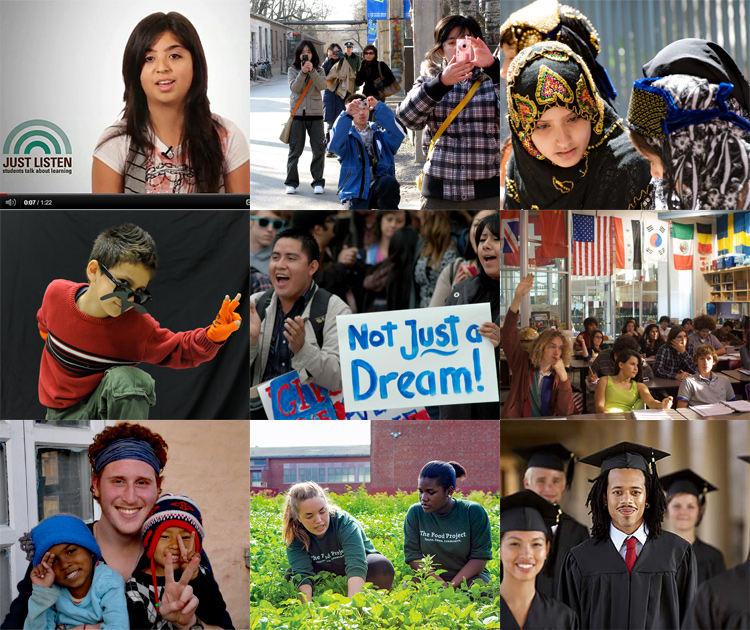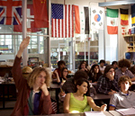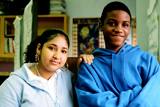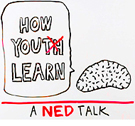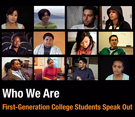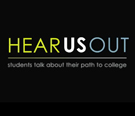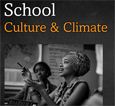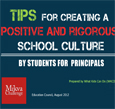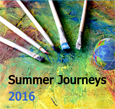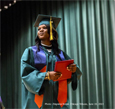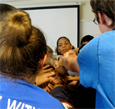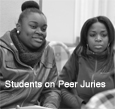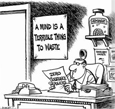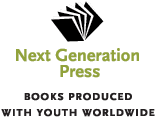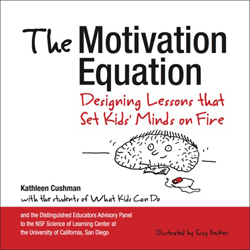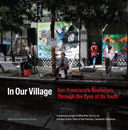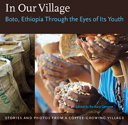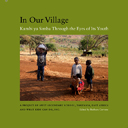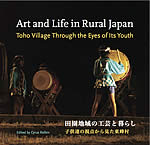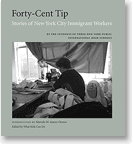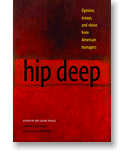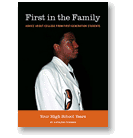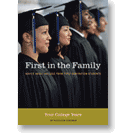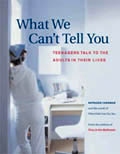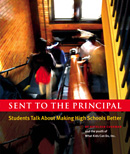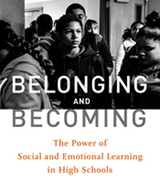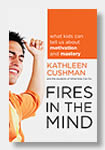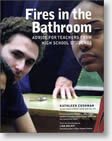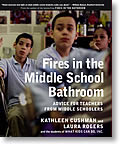FIFTEEN YEARS HONORING YOUTH VOICES AND VISION: WKCD COLLECTIONS | ARCHIVES
For 15 years, from 2001 to 2016, WKCD reached far and wide to document and broadcast the voices and vision of the next generation, supported by the adult allies in and outside school that these youth counted on. We began with a determination to share "feature stories" about what we called "powerful learning with public purpose." Over the years, we produced more than 300 of these stories, with generous funding from a host of foundations who shared our commitment to youth as knowledge creators and citizens. For a directory of many of these stories, click here. You can also enter key words in the search box at the top left of this and every page.
Early on, we also became involved in multi-year projects targeted at youth learning and perspectives: going to college when you are the first in the family to go, the conditions of learning that help students thrive, diversity, social and emotional learning, global understanding, service learning, school reform, and more. Below are descriptions and links to these diverse collections.
The left column of this homepage includes quick links to many of these collections, along with links to other WKCD websites and to a range of small WKCD publications. The right column connects to WKCD's nonprofit publshing arm, Next Generation Press, and its 17 titles with youth as co-authors.
While WKCD continues to take on a small number of discrete projects—like creating an advisory curriculum built on social and emotional learning—we are, by and large, not adding to the collections described below. They remain vital, we believe.
As we write this "farewell," in February 2018, national commentary on "why kids make great activists" fill the media in the wake of the shooting at the Stoneman Douglas High School in Parkland, Florida, which killed fourteen students and three staff members and wounded many others. Many have been shocked to see the teenage survivors of the attack emerge as passionate, articulate activists. Even more shocking is the fact that their activism seems like it might make an impact on the perpetually intractable issue of gun violence in America. But followers of WKCD and other youth advocates shouldn't be surprised to see young people leading the way.
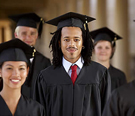 |
College Matters: Supporting Low-Income and First Generation Students |
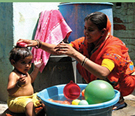 |
Global Youth Voices |
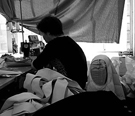 |
Great American Dreaming |
How Youth Learn |
 |
Just Listen! |
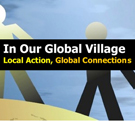 |
In Our Global Village |
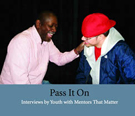 |
Mentors that Matter |
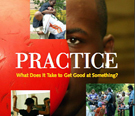 |
Practice Project |
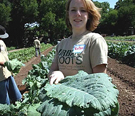 |
Service Learning |
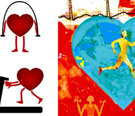 |
Social and Emotional Learning More recently, WKCD published a monthly feature called Short Workouts for Social-Emotional Learning, geared towards middle and high school students. May 2016 | April 2016 | March 2016 | February 2016 | January 2016 | December 2016 |
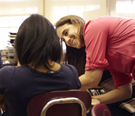 |
Student-Centered Learning |
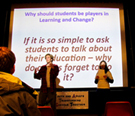 |
Students as Allies in School Reform |
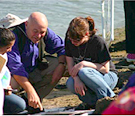 |
Student Research for Action |
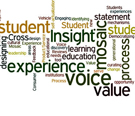 |
Student/Youth Voice |
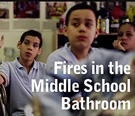 |
Voices from the Middle Grades |
